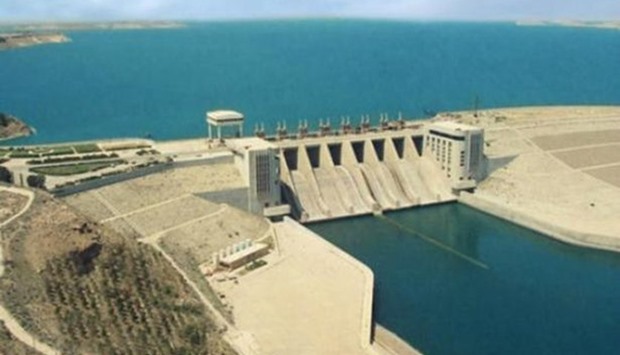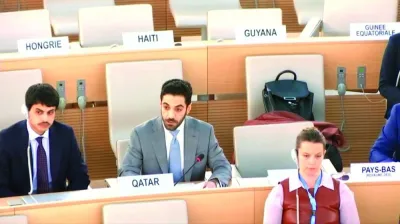Water levels of the Euphrates, which snakes down through northern Syria and east into Iraq, have shot up over the past month near the jihadist group's de facto capital, Raqa city.
Residents of the modest farming villages scattered on the river's eastern bank say they are afraid the jihadists will destroy the Tabqa dam, Syria's largest, to slow advancing anti-IS forces.
"If IS goes through with its threat of blowing up the Tabqa dam, then all areas around the southern part of the river could be under water," said Abu Hussein, 67.
He spoke to AFP in Tuwayhina, a small village that was recently recaptured by the US-backed Syrian Democratic Forces east of the river and around 10 kilometres (six miles) from the dam.
Abu Hussein said "hundreds of villages and fields" could be submerged if IS opens the gates of the dam, which lies around 50 kilometres upstream from Raqa city.
"They don't even fear God. And if someone doesn't fear God, then I'm afraid of him."
The Tabqa dam sits 500 metres (yards) from the eponymous town, an IS stronghold since 2014 where many of its most senior commanders are based.
Tabqa is a key target of the SDF's months-long drive for Raqa, and its fighters have already advanced to just five kilometres from the town.
"We're hearing that Daesh is planning on blowing up the Tabqa dam," said Raheel Hassan Mahmoud, 58, in the arid village of Bir Hamad, using an Arabic acronym for IS.
"If this happens, it means most of Raqa and Deir Ezzor will drown, while other towns die of thirst and crops and livestock die," he told AFP.
'Catastrophic implications'
Hassan, a 35-year-old in nearby Bir Hassan, said he expected IS would flood the villages as a last resort.
"It could open up the dam's gates to cover itself as it withdraws, in case it's no longer able to resist in the area," he said.
The UN's humanitarian coordination agency (OCHA) says water levels of the Euphrates have risen 10 metres (33 feet) since late January.
The UN said the increase was "partly due to heavy rainfall and snow".
But it also pointed the finger at air strikes near the dam, "which, if further damaged, could lead to massive scale flooding across Raqa and as far away as Deir Ezzor" province to the southeast.
Any further rises in the water level or damage to the Tabqa dam "would have catastrophic humanitarian implications in all areas downstream", the UN warned.
The SDF's drive for Raqa is backed by air strikes from the US-led coalition bombing jihadists in Iraq and Syria.
A member of the Syrian team still working at the dam warned that "the battle, if it lasts much longer, will have serious repercussions on the dam".
The source, who spoke on condition of anonymity out of fear of reprisals by IS, said the dam was at risk of damage as the fighting draws near -- but so was his team.
"The technicians will be forced to flee in order to escape death. This is another danger, because the dam cannot be left without someone controlling it," the source warned.
Before Syria's conflict erupted in 2011, about 40,000 people lived in Tabqa, according to geography expert Fabrice Balanche.
Another 20,000 lived in the smaller city of Thawrah, just south of the dam.
Construction of the Tabqa dam was completed in 1973 with help from the Soviet Union.



